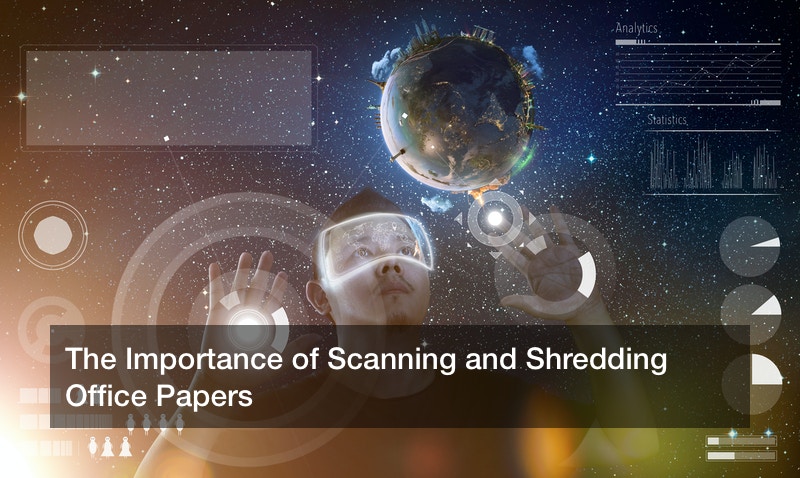5 ways to help prevent groundwater pollution

Polluting groundwater is a major problem that can impact the health and well-being of your family, town, and community as a whole. While it’s inevitable that you’ll have to schedule a septic tank cleaning at some point as a homeowner, there are some ways to minimize the amount of pollution that ends up in groundwater as a result of this process through careful managing of scum and sludge. Being mindful of what septic cleaning products you use during septic system maintenance with a septic system maintenance checklist can prevent septic tank cleanouts from becoming a problematic source of pollution for the groundwater in your area.
Beyond modifying your septic cleaning routine, there are other ways to minimize the amount of pollution that ends up in the groundwater. Preventing groundwater pollution is much easier than reversing the effects of pollution once it takes place. Even if you can’t completely stop groundwater pollution as one person or household, you can take the appropriate actions to do your part to minimize groundwater pollution. Preserving the purity and integrity of groundwater sources is an important part of keeping people and environments healthy. If it feels overwhelming, our tips below will lower your stress.

Clean drinking water is a hot topic these days, and for good reason. With fresh water making up only three percent of the Earth’s water (and only one percent suitable for drinking), it’s no wonder that we’re concerned with our limited supply. Plus, a lot of the water that we drink in the United States is groundwater that has been through a water treatment plant. Which means groundwater pollution is a big issue. Below are five simple ways you can help prevent groundwater contamination in your community, and make the water treatment process easier and more environmentally friendly.
1. Get rid of hazardous chemicals properly. A lot of cleaning products contain chemicals like ammonia, bleach and paint that are all considered Volatile Organic Compounds (VOCs) and are extremely harmful to waterways if they are not recycled or disposed of in the right way. Obeying hazardous waste management laws is key so don’t just pour your cleaning chemicals down the sink! You can contact your local sanitation or public works department if you are unsure of the process.
2. Along that same line, be aware of what you’re flushing down the toilet. Things like tampon applicators, paper towels or anything else that doesn’t belong can be a sewage nightmare and (literally) clog up the water treatment process.
3. Avoid using chemicals on your lawn. Pesticides, fertilizers and herbicides are extremely dangerous for human consumption so when you douse your yard with them, they end up seeping into the ground…and into the water that you drink. Try organic lawn care instead and use all-natural products or other methods as often as possible.
4. Don’t litter! This one should go without saying (it’s also illegal) but place your garbage in the proper receptacles. If you’re feeling extra motivated, organize a stream cleanup or beach cleanup in your community to help keep the areas and waterways around you fresh and healthy. Getting involved in cleanups is a great way to give back to the environment.
5. Take care of your septic system. Proper operation and maintenance of your septic system can play a big role in keeping your water clean. Get it professionally inspected at least once a year and pumped out once every three years. If yours is failing or not working properly, human waste can seep out into the surrounding groundwater, spreading disease and other bacteria.



